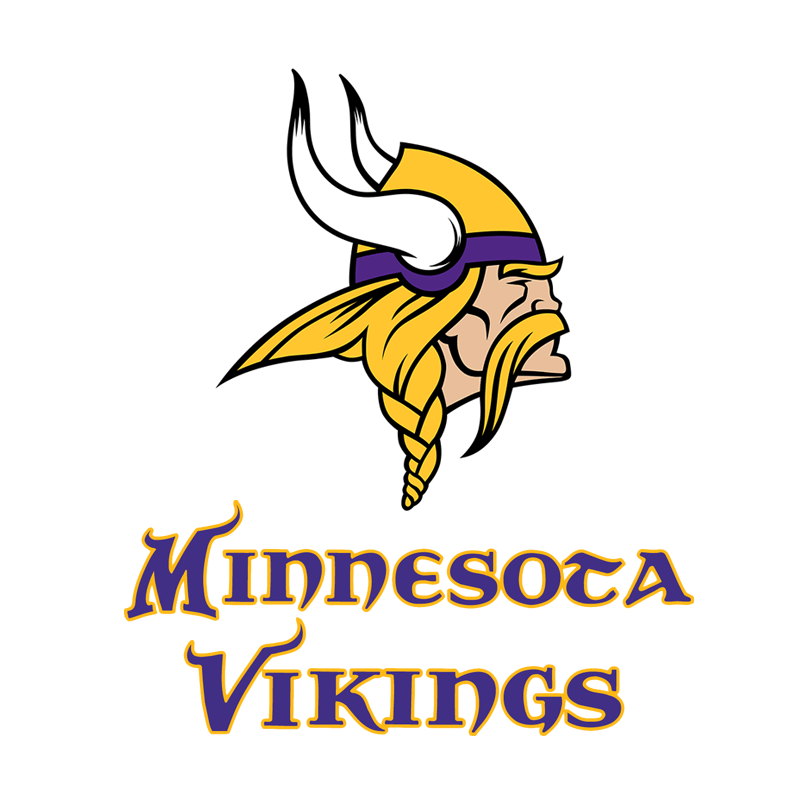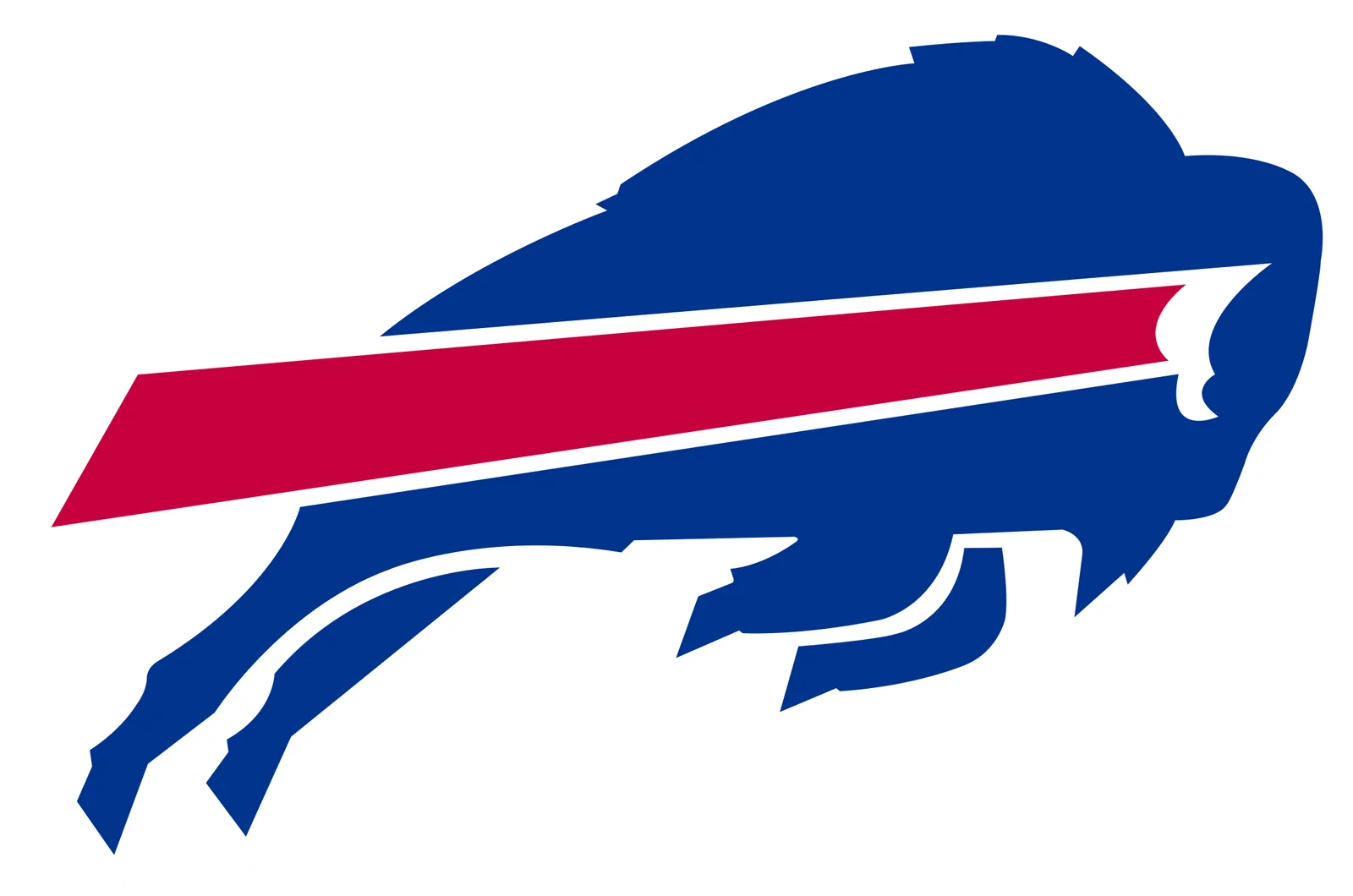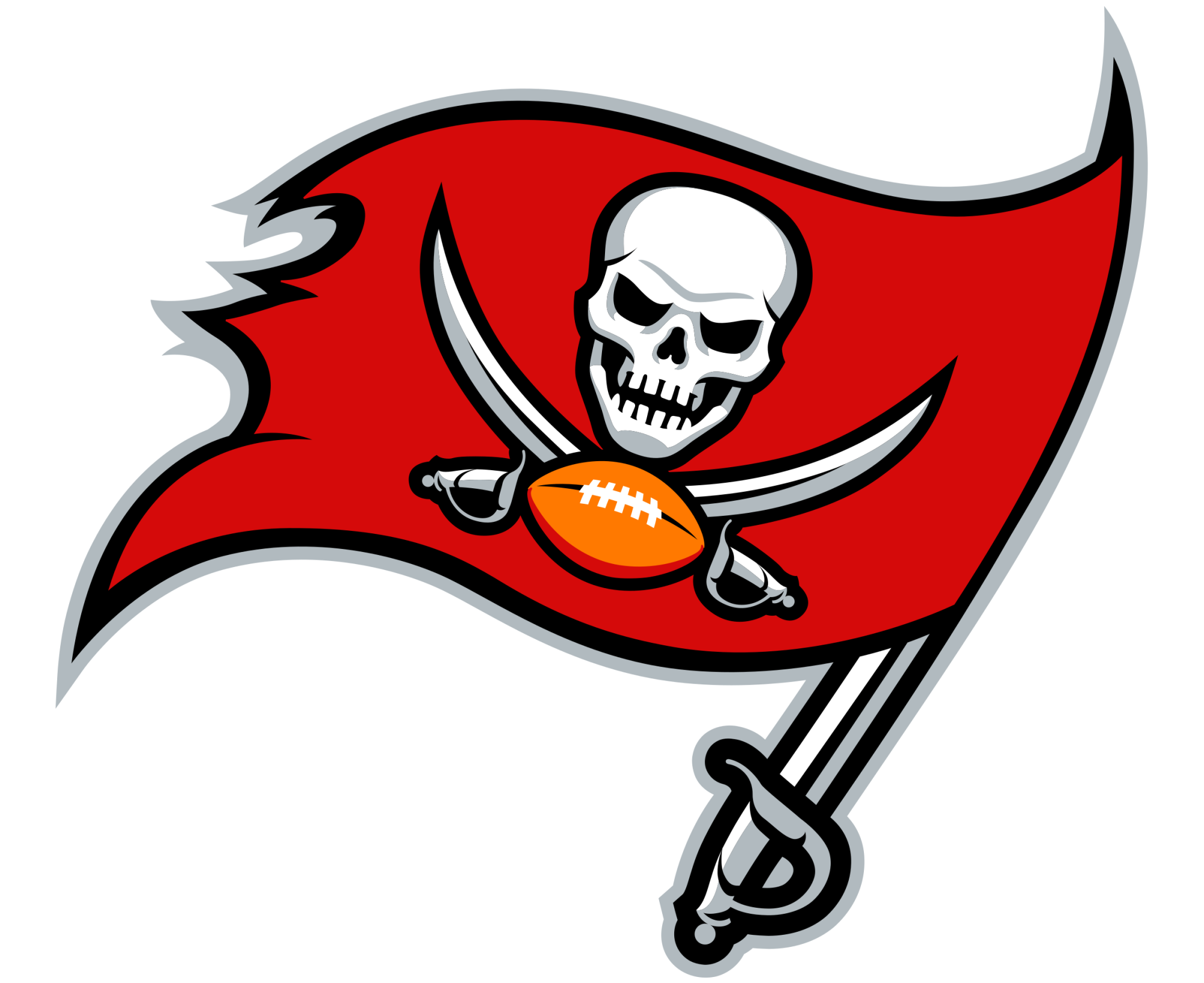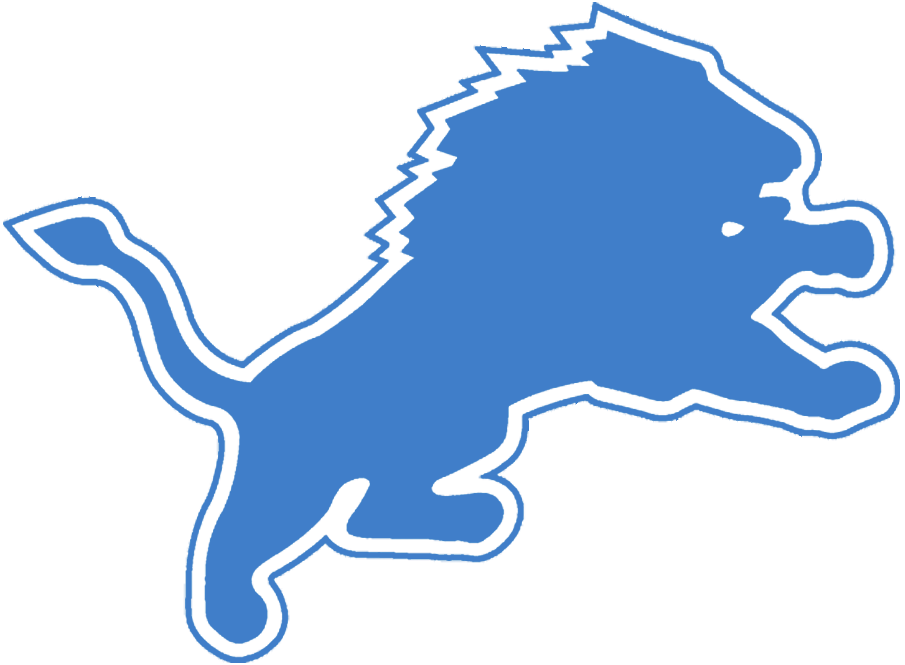The Opportunity Cost Behind The Shaquill Griffin Signing
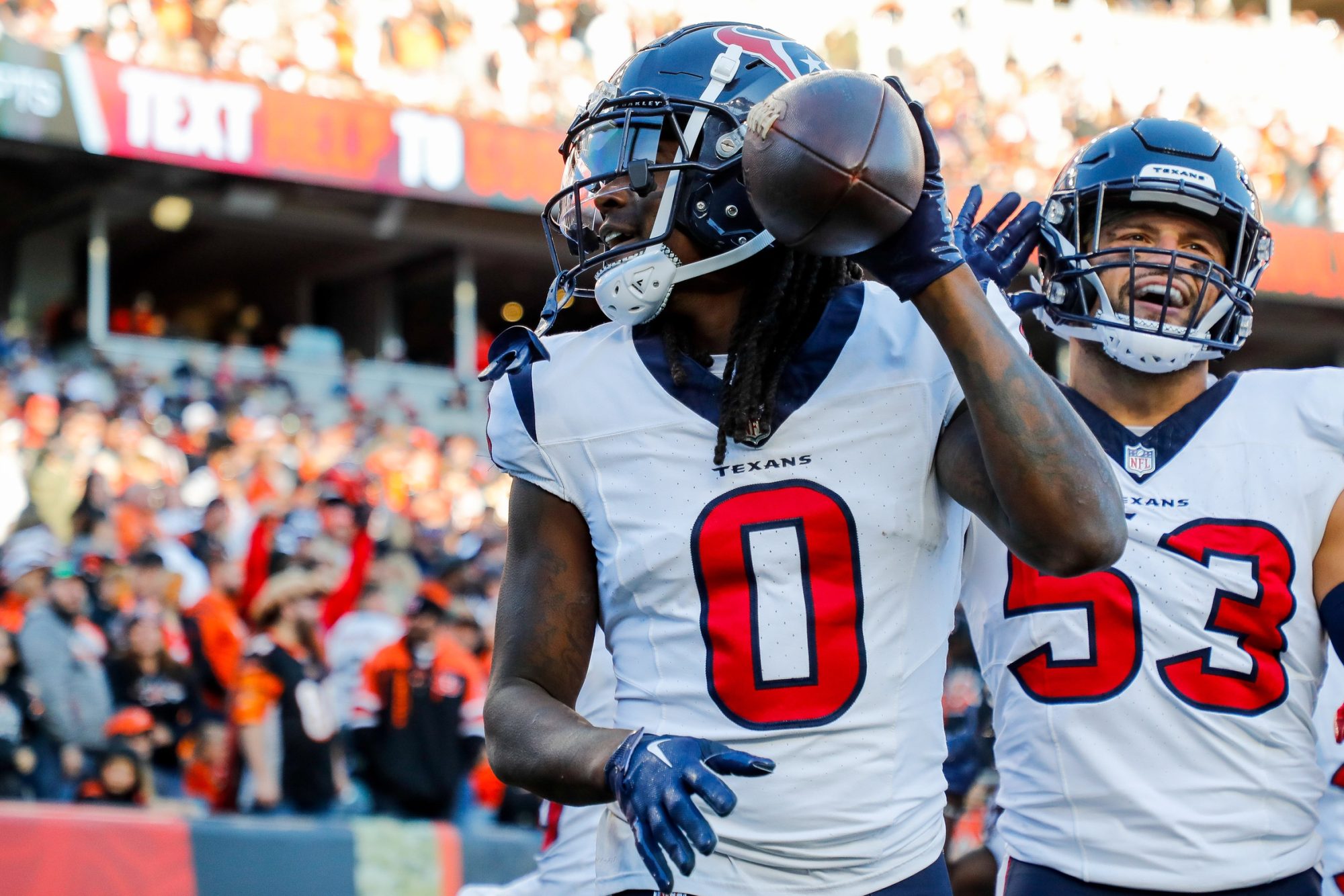
Mandatory Credit: Katie Stratman-USA TODAY Sports
When assessing the Minnesota Vikings free agency it’s not difficult to get lost in what feels like an unending amount of transition. From losing longtime stalwarts to overhauling much of the roster there has been so much to look at and so many different ways to break it down.
Hidden amongst this giant set of transactions was the quiet, but potentially impactful, signing of Shaquille Griffin.
The Vikings, desperate for defensive backfield talent over the last few years, took a swing to bring in the veteran corner. But it wasn’t a move without risk.
Back in high school, one of the classes I was required to take was an economics class. I’m not an expert on the subject by any means, but to this day there is one term from that class which I somehow still remember.
Opportunity cost.
What does it mean? For those who are not familiar with economic jargon — “Opportunity cost represents any potential benefits that a business, an investor, or an individual consumer misses out on when choosing one alternative over another.”
In the Vikings’ case, they were once projected to receive two 2025 compensatory third round picks following the departures of Kirk Cousins and Danielle Hunter in free agency. However, because the Vikings signed cornerback Shaq Griffin to a one-year deal worth up to $6 million, they are now projected to receive only one of those third rounders.
The unknown variable here involves Dalton Risner. If Risner signs a contract with another team that is above $3 million AAV before the May 1st deadline, he will factor into the comp pick formula. Even then, it’s unlikely that Risner’s seemingly inevitable departure would fetch the Vikings a third rounder.
Shaquill Griffin is a very solid player. Griffin isn’t gonna wow you by any means, but he’s gonna be a dependable veteran for a cornerback room that desperately needs a proven starting option on the outside. Akayleb Evans is coming off a bit of a sophomore slump and struggles with inconsistency, while Andrew Booth Jr. has shown some flashes on very limited snaps. So in a vacuum, this is a good signing for the Vikings since they identified a need and adequately addressed it.
With that being said, the Vikings traded the 42nd pick, a 2025 second rounder, and a sixth rounder to the Texans for the 23rd overall pick and a seventh rounder. While Kwesi Adofo-Mensah did say that having two first rounders this year provides Minnesota with “the best flexibility for whatever can happen”, the preferred scenario involves trading up with the Patriots, Cardinals, or Chargers to draft either Drake Maye or J.J. McCarthy depending on who is available.
Any trade up for a franchise quarterback would likely require the Vikings to part ways with three first round picks and potentially their 2025 third round pick, depending on how far they want to move up to get their guy. If the Vikings included their 2025 third rounder in a deal, they would only have one draft pick — a compensatory third, in the first two days of the 2025 NFL Draft. That’s less than ideal.
One could argue that the Vikings could simply keep their current picks and draft Michael Penix Jr. along with a defensive player like Byron Murphy II or Dallas Turner. I just don’t see Kwesi settling for QB5 or QB6 given last year’s rumors of him trying to trade up to #4 overall for Anthony Richardson. Speaking of QB6, here’s how I would react if the Vikings drafted Bo Nix in the first round:
All jokes aside, the Vikings decision to sign Shaquill Griffin will not solely be judged by his performance on the field. The signing must also be evaluated through the lens of whether or not the value he brings is equal to what a 2025 compensatory third rounder could have provided the team, had they not signed him to a deal that affects the comp pick formula.
Up Next

